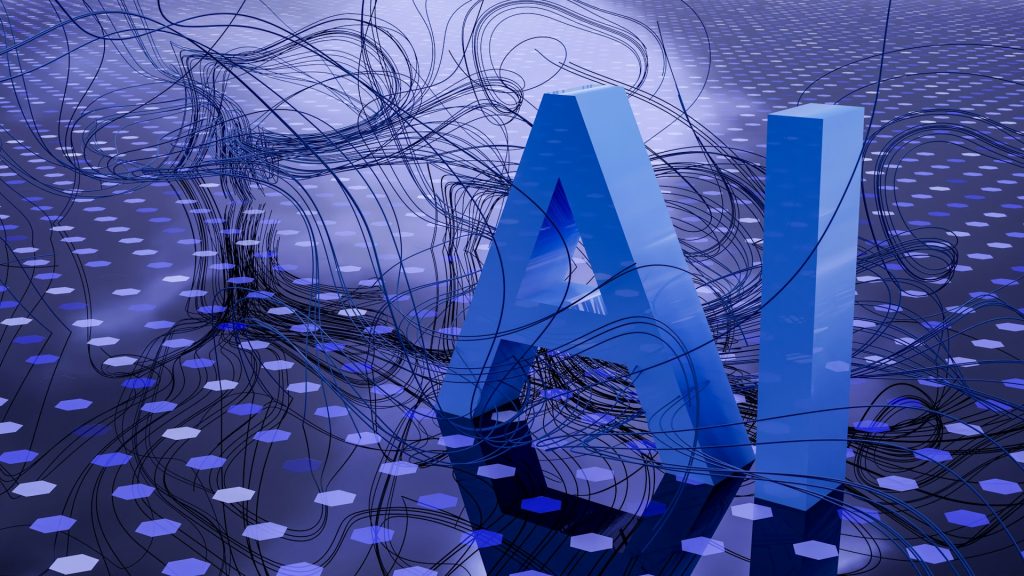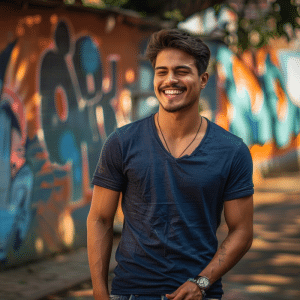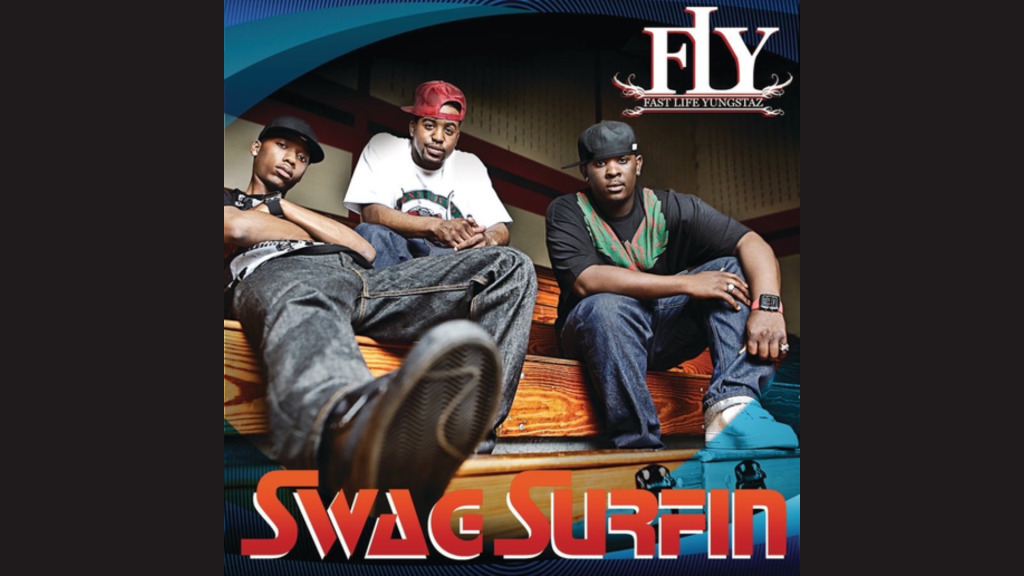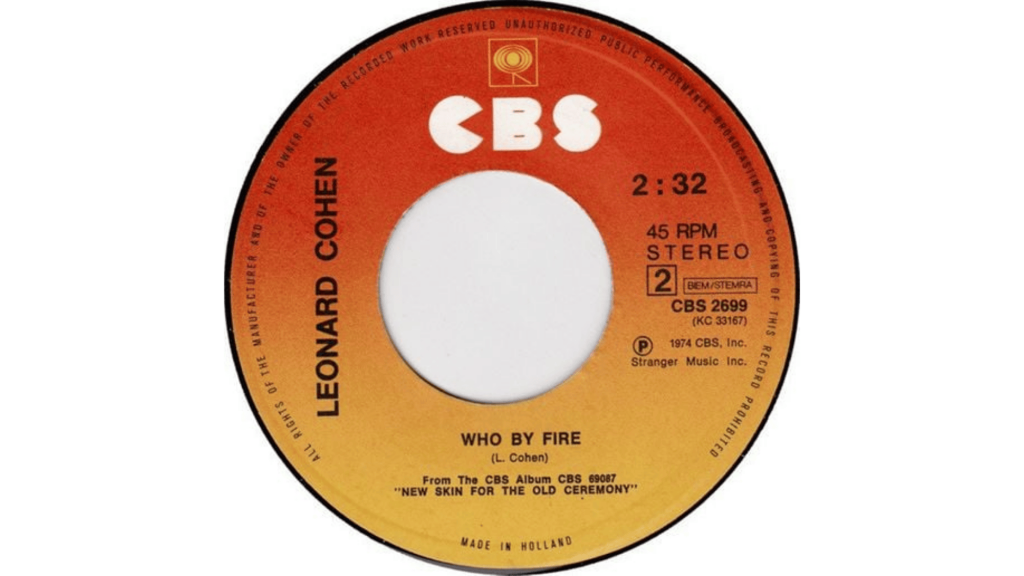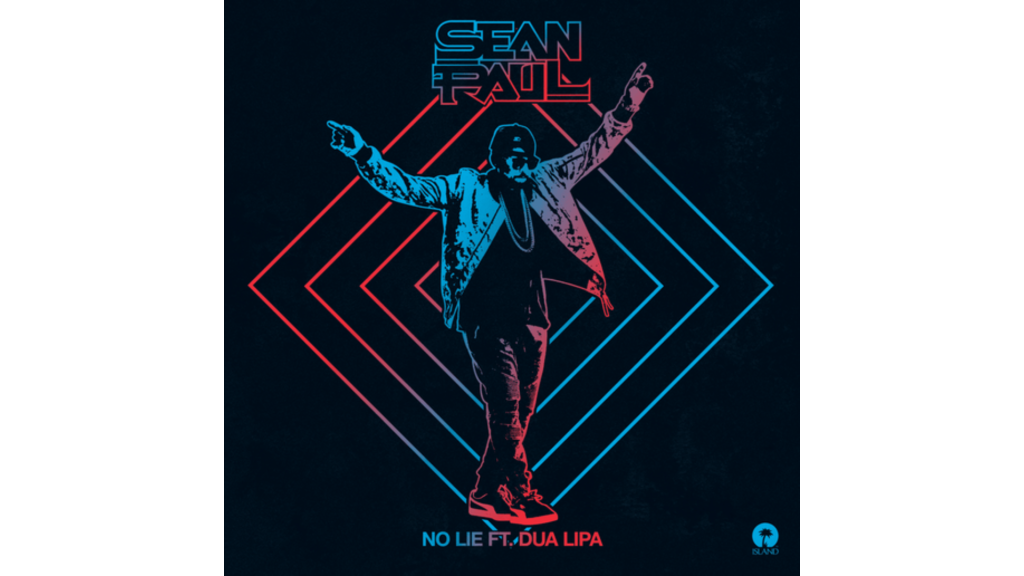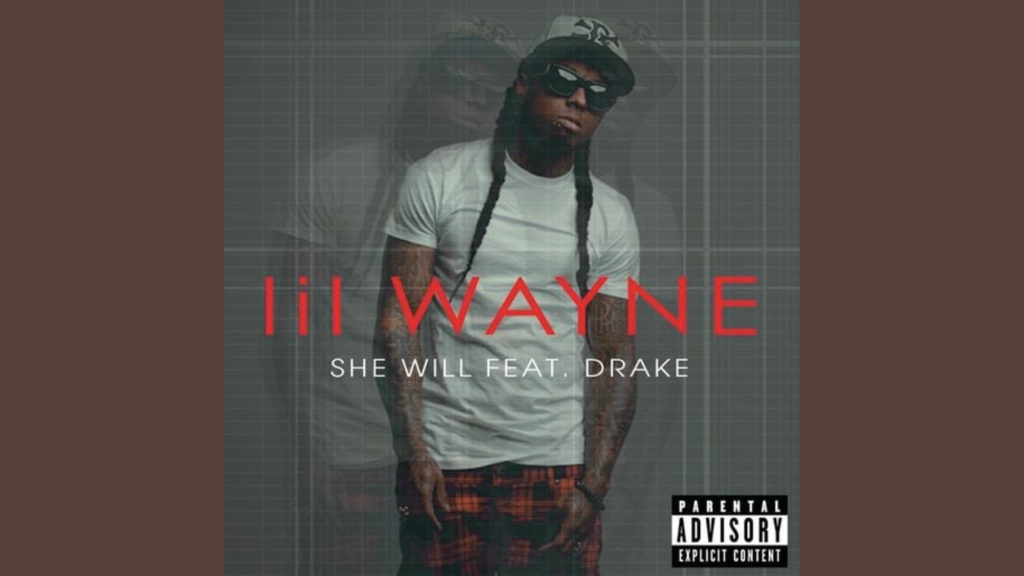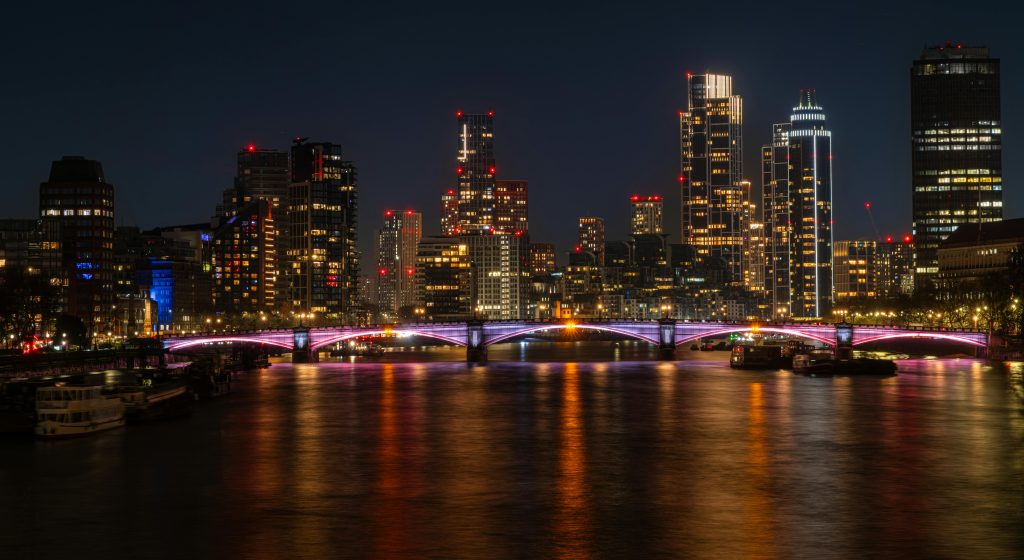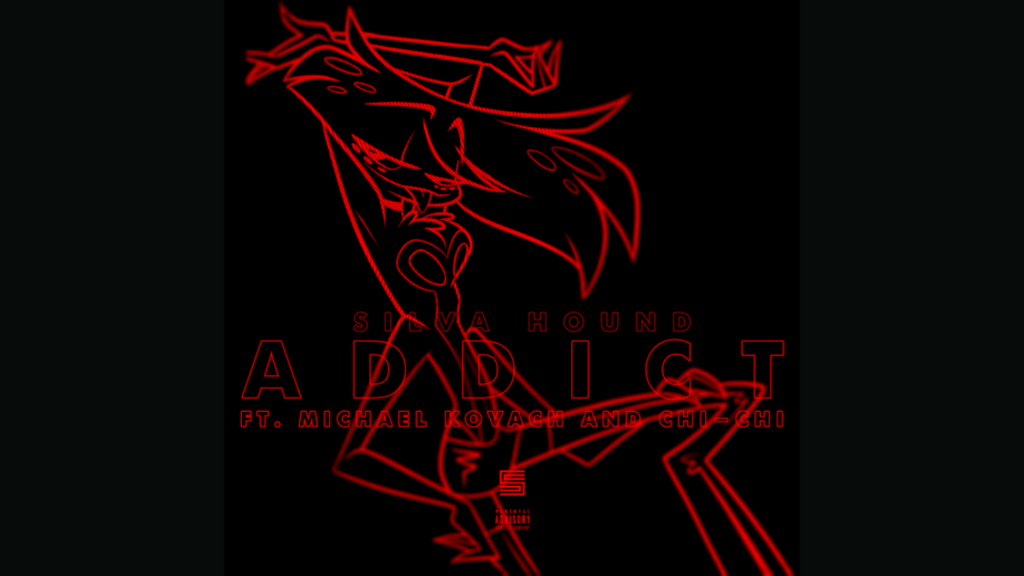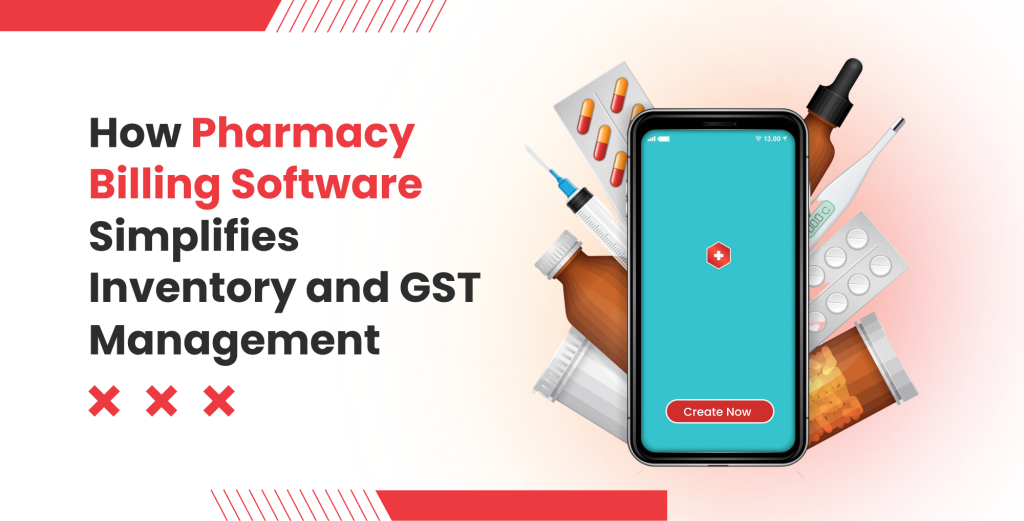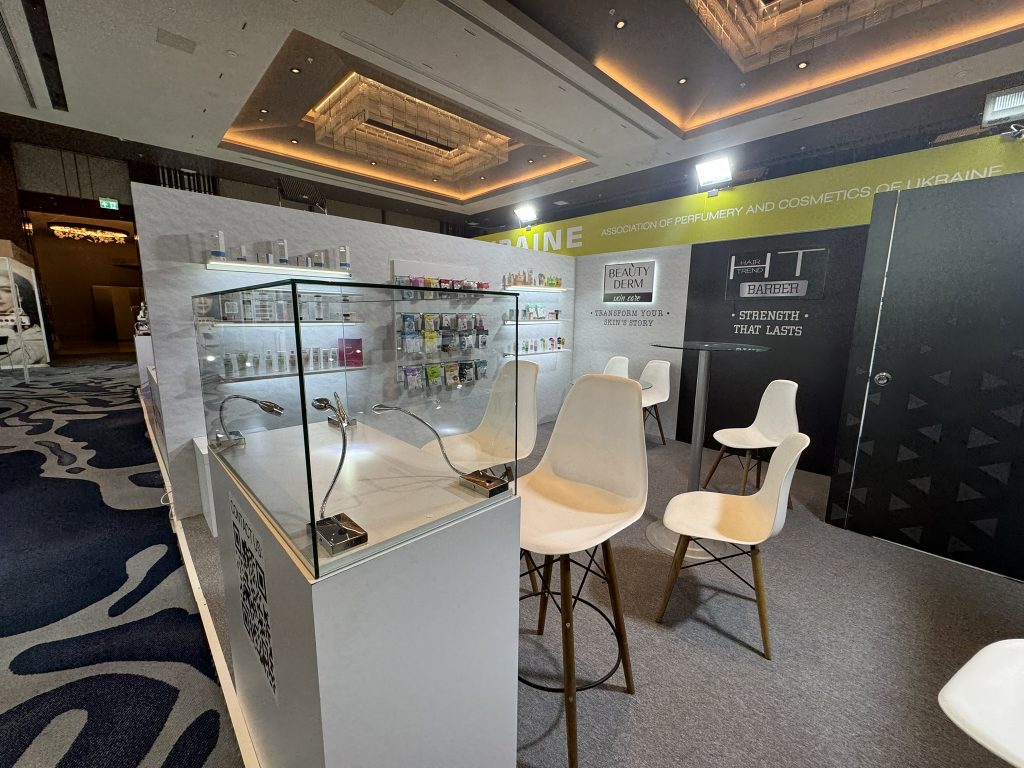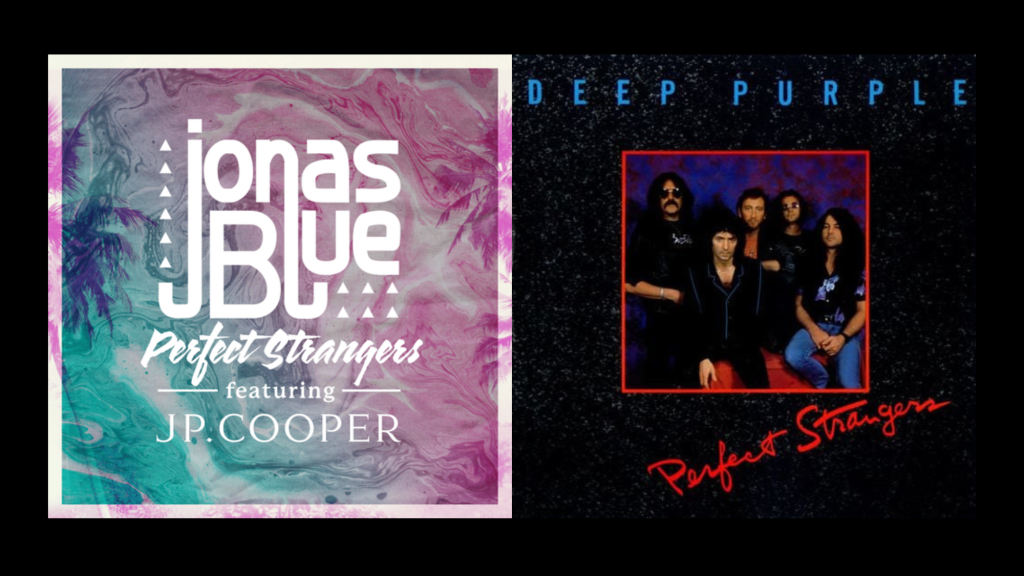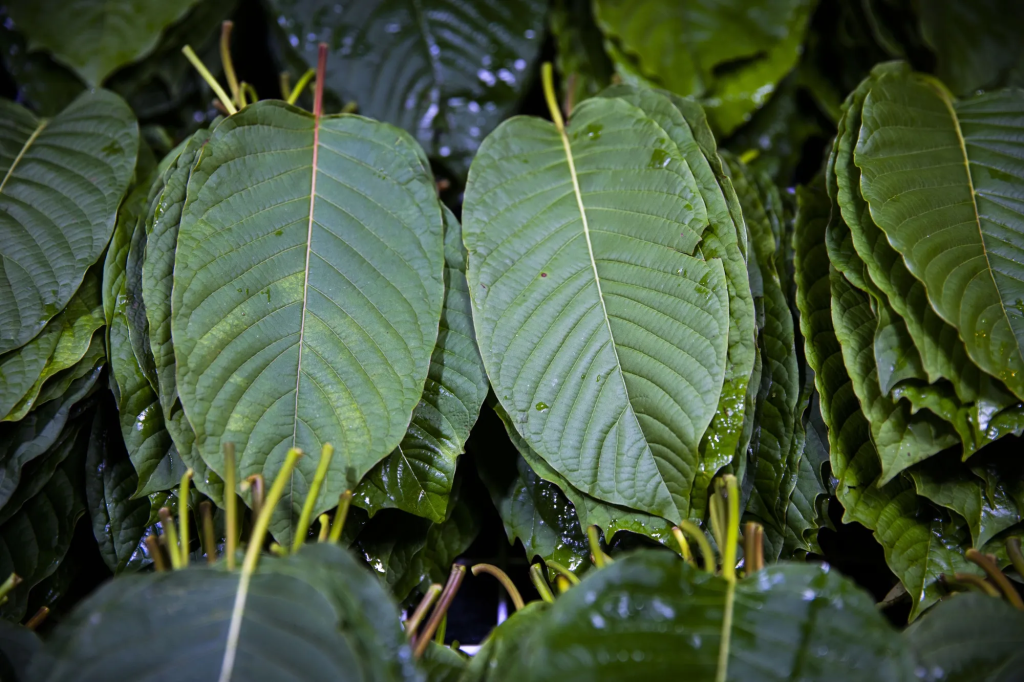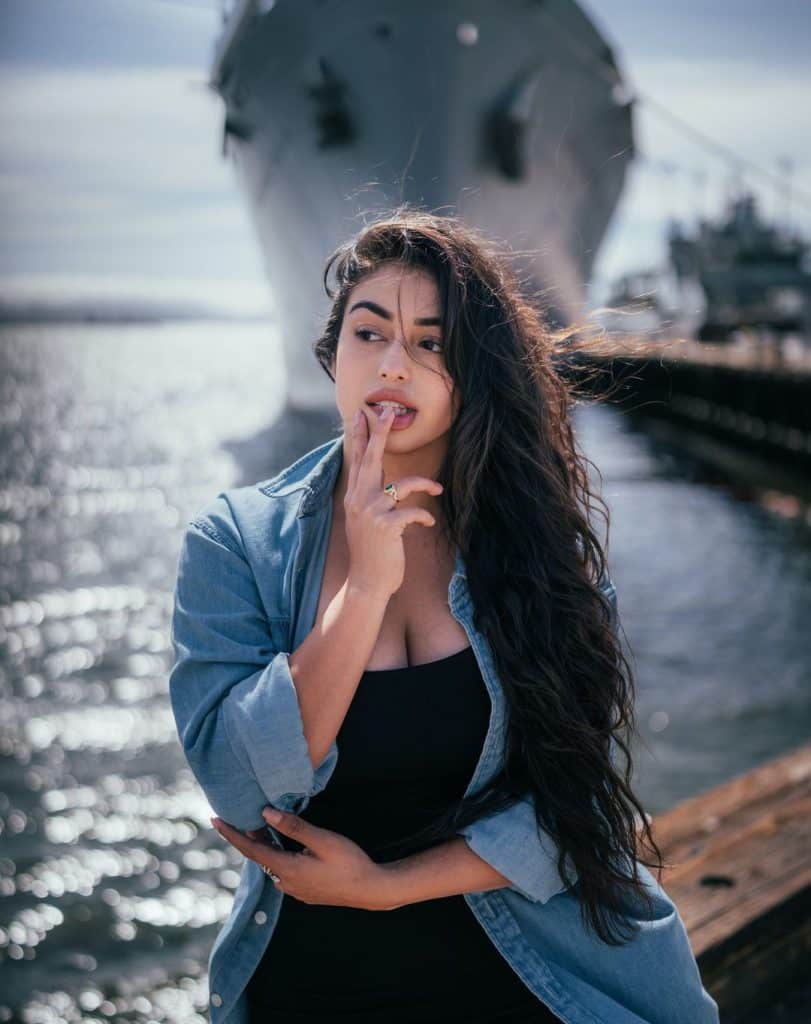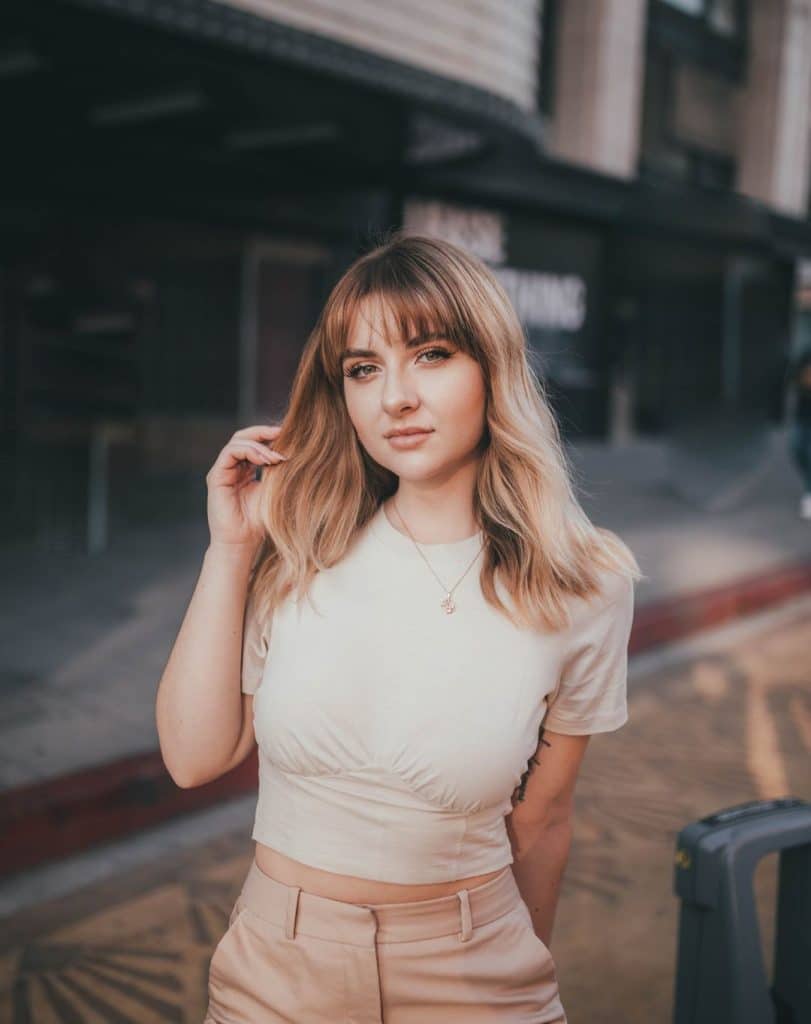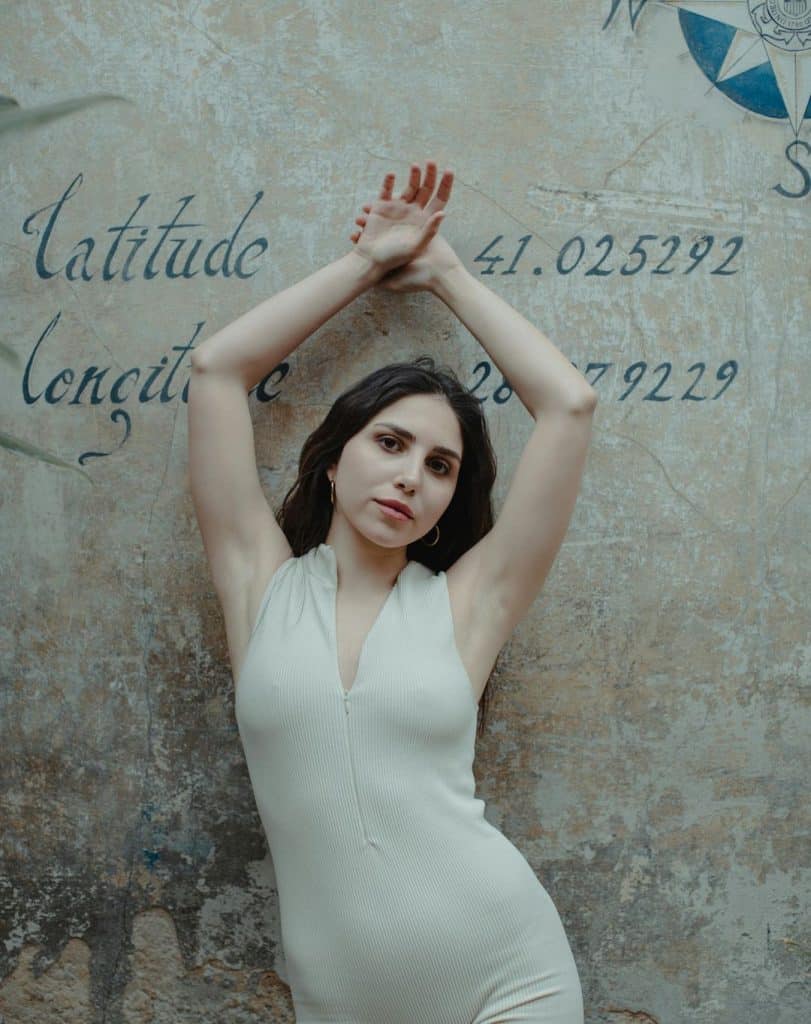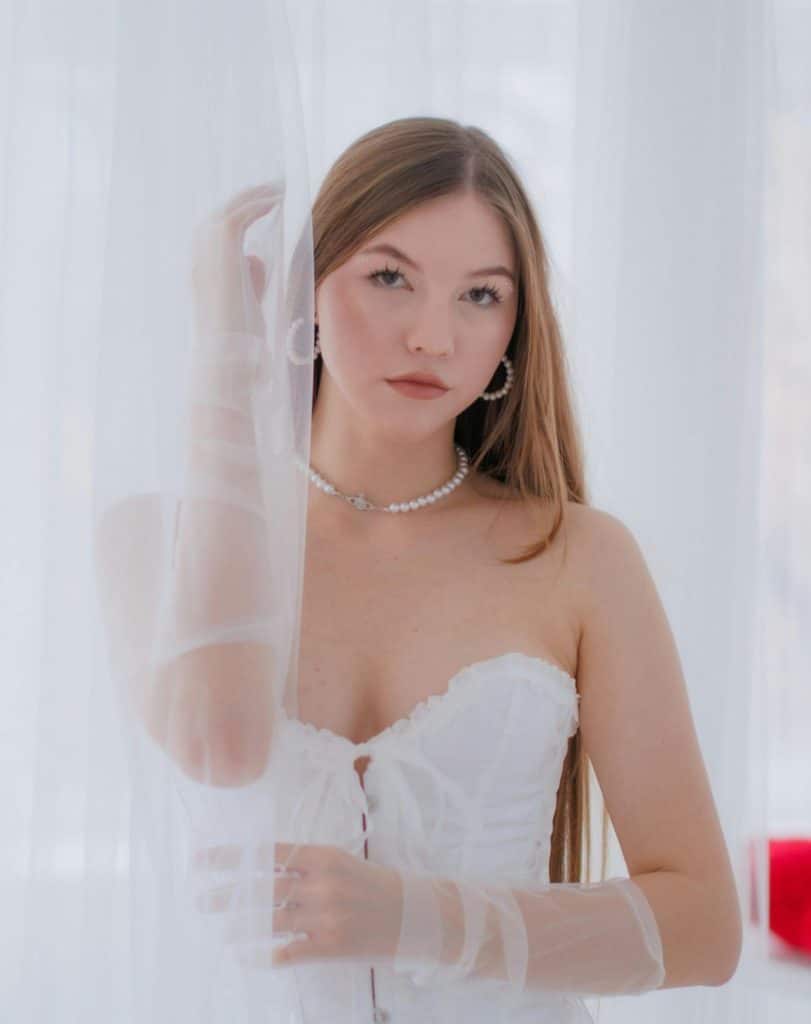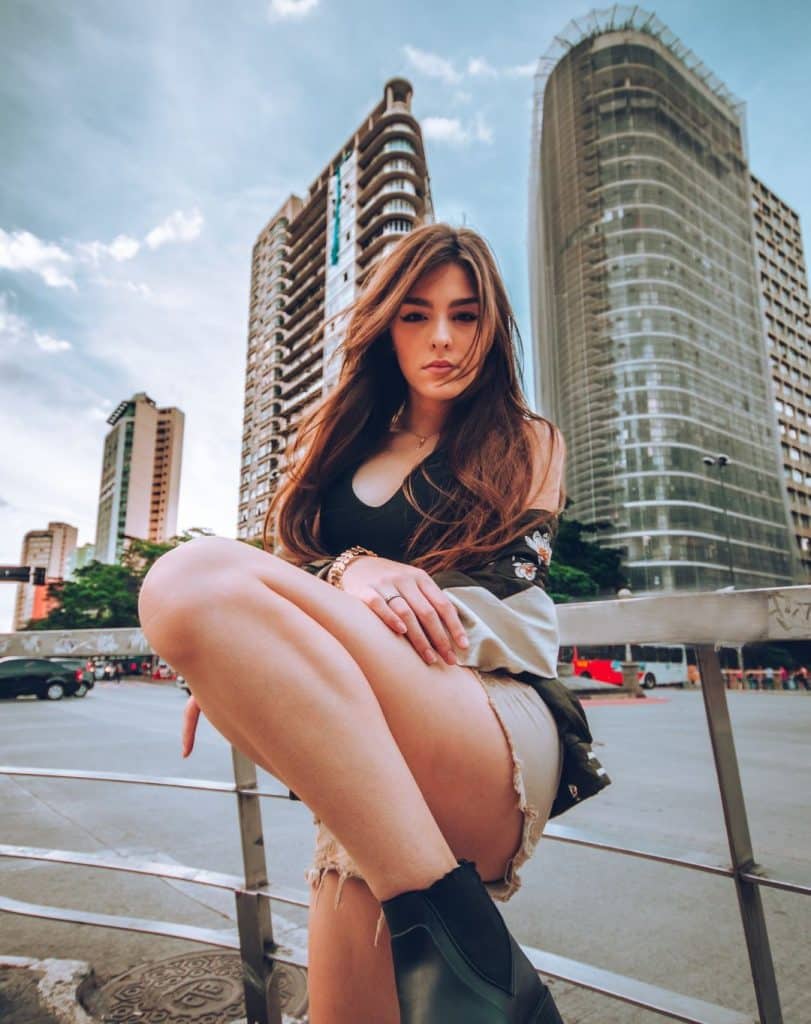Visual content sits at the heart of modern digital communication. From eye-catching social media posts to professional marketing campaigns, product designs, and brand materials, compelling visuals capture attention in ways text alone simply cannot. This visual-first reality has created tremendous pressure on businesses and creators to produce high-quality images at an unprecedented pace.
Enter AI image generation tools, powerful solutions that have fundamentally altered the creative landscape. These sophisticated systems can transform text descriptions into detailed, customized visuals in seconds, eliminating the traditional barriers of design expertise, expensive software, and time-consuming production processes.
For marketers, content creators, designers, and developers, these tools represent nothing short of a revolution. The ability to generate unique, customized visuals on demand means faster production cycles, reduced costs, and unprecedented creative flexibility. Whether you need product mockups, blog headers, social media graphics, or conceptual illustrations, AI image generators can deliver results that previously would have required professional design services.
In this comprehensive guide, we’ll explore the top five AI image generation tools available in 2025, examining their unique features, strengths, and ideal use cases. From beginner-friendly options to professional-grade platforms, you’ll discover the perfect tool to elevate your visual content strategy.
What Makes a Great AI Image Generator?
Before diving into specific tools, it’s important to understand the key factors that separate excellent AI image generators from mediocre ones. The technology has advanced rapidly, but significant differences exist between platforms in terms of output quality, versatility, and practical usability.
FeatureWhy It MattersPrompt-to-image qualityDetermines how accurately the AI translates your text descriptions into the desired visual outputStyle versatilityEnables creation across different aesthetic styles from photorealistic to abstract, cartoon, 3D renders, and moreCustomization depthControls the level of precision you can achieve when refining and directing the AI’s outputGeneration speedAffects workflow efficiency, especially when creating multiple iterations or large batchesCommercial licensingDetermines whether you can legally use generated images for business purposes without copyright concerns
The best AI image generators excel across these dimensions, providing intuitive interfaces that balance powerful capabilities with reasonable learning curves. They offer robust prompt interpretation, consistent output quality, and clear usage rights for the images they produce.
Beyond these core features, top-tier tools also provide integrated workflows for image editing, variation generation, and asset management. Some platforms specialize in particular visual styles or use cases, while others aim for versatility across multiple applications.
With these evaluation criteria in mind, let’s explore the five most impressive AI image generation tools available in 2025.
Top 5 AI Tools for Image Generation1. Jadve – Clean, Fast, and Ready for Marketers
Jadve stands out as an exceptionally streamlined AI image generator optimized specifically for marketing and business applications. Its intuitive interface prioritizes speed and simplicity without sacrificing image quality, making it particularly valuable for professionals who need polished visuals without navigating complex technical settings.
Key features:
- Precision-tuned prompt system designed specifically for marketing and business visuals
- Pre-configured templates for social media platforms, ad formats, and marketing materials
- Clear commercial-use licensing included with all generated images
- One-click style adjustments optimized for brand consistency
Pros:
- Remarkably user-friendly interface requires minimal learning curve
- Generates high-quality business-ready visuals faster than most competitors
- Excellent prompt interpretation for marketing concepts and business scenarios
- Built-in format presets for common digital marketing channels
Cons:
- More limited artistic style range than some specialized creative tools
- Fewer advanced customization options for fine art applications
- Template-focused approach may feel constraining for pure creative exploration
Best for: Marketing teams, social media managers, content creators, and business professionals who need polished, commercially-safe visuals without specialized design knowledge. Jadve excels at producing clean, professional imagery suitable for business communications, product presentations, and digital marketing assets.
2. Midjourney – High-Quality Artistic Outputs
Midjourney has maintained its position as the premier platform for stunning artistic image generation. Now in its seventh version, Midjourney continues to set industry standards for aesthetic quality and creative expression, producing images with remarkable detail, coherence, and artistic merit.
Key features:
- Unmatched aesthetic quality with painterly details and composition
- Extensive style versatility spanning photorealism, fantasy, abstract, and stylistic simulations
- Advanced lighting and atmospheric effects that create mood and dimension
- Deep parameter customization for precise creative control
Pros:
- Produces consistently beautiful images with artistic coherence
- Exceptional handling of complex scenes and compositions
- Strong community of creators sharing techniques and prompt engineering tips
- Regular model updates that continuously improve output quality
Cons:
- Steeper learning curve for prompt mastery compared to more guided tools
- Higher subscription cost relative to some competitors
- Discord-based interface may feel unfamiliar to some business users
- Occasionally struggles with specific technical requirements like text rendering
Best for: Artists, creative directors, concept designers, and visual storytellers seeking premium image quality and artistic expression. Midjourney excels at creating evocative imagery for creative projects, conceptual work, and situations where aesthetic impact takes priority over technical precision.
3. DALL·E 3 – Built into ChatGPT with Strong Editing
DALL·E 3, now deeply integrated into both standalone applications and ChatGPT’s interface, offers perhaps the most accessible AI image generation experience available. Its strength lies in natural language understanding, allowing users to describe images conversationally and receive accurate visual interpretations with minimal prompt engineering.
Key features:
- Exceptional text comprehension for natural-language image requests
- Seamless integration with ChatGPT for conversation-to-image workflows
- Strong editing capabilities for iterative refinement
- Precise text rendering within images
Pros:
- Most user-friendly prompt system requiring minimal specialized knowledge
- Excellent handling of complex instructions and multi-element compositions
- Strong post-generation editing tools for refinement without starting over
- Clear licensing terms for commercial applications
Cons:
- Sometimes produces overly sanitized or generic aesthetic results
- Less creative interpretation than more artistically-oriented alternatives
- Limited advanced parameter controls for fine-tuning
- Occasional inconsistency with complex stylistic requests
Best for: General users, writers, and professionals who prefer conversational, plain-language approaches to image creation. DALL·E 3 particularly excels when generating illustrative content that requires accurate representation of concepts rather than specific artistic styles, making it valuable for explanatory content and straightforward business applications.
4. Leonardo AI – Ideal for Concept Art and Game Design
Leonardo AI has carved a distinct niche as the preferred image generation platform for game developers, concept artists, and entertainment industry professionals. Its specialized focus on character design, environment creation, and narrative-driven imagery sets it apart from more general-purpose alternatives.
Key features:
- Purpose-built workflows for character, environment, and concept art creation
- Advanced control over visual coherence across multiple generations
- Specialized models trained specifically for gaming and entertainment aesthetics
- Robust asset management system for creative projects
Pros:
- Unmatched quality for character design and fantasy/sci-fi environments
- Strong stylistic consistency across multiple generated images
- Excellent handling of perspective, proportion, and anatomical accuracy
- Comprehensive project organization tools for creative teams
Cons:
- Less optimized for general business or marketing applications
- Steeper learning curve for non-creative professionals
- More complex interface compared to streamlined alternatives
- Higher subscription costs for advanced features
Best for: Game developers, entertainment studios, concept artists, and creative teams working in narrative media. Leonardo AI delivers exceptional results for character visualization, world-building, and stylized imagery that follows specific aesthetic guidelines or fictional visual languages.
5. Runway ML – Best for Mixed Image and Video Workflows
Runway ML has evolved beyond static image generation to pioneer the integration of still and motion-based AI creation. While fully capable as a standalone image generator, Runway truly shines when bridging the gap between photography, illustration, and video content in unified creative workflows.
Key features:
- Seamless transition between image generation and video animation
- Advanced image-to-video and style transfer capabilities
- Sophisticated inpainting and outpainting tools for image expansion
- Comprehensive media editing environment
Pros:
- Unrivaled integration of still and motion content creation
- Exceptional quality for realistic photo enhancement and expansion
- Professional-grade editing tools beyond basic generation
- Strong collaboration features for creative teams
Cons:
- More complex learning curve than image-only platforms
- Higher subscription costs reflecting broader feature set
- Interface density can be overwhelming for casual users
- Requires more computational resources for full feature utilization
Best for: Video content creators, multimedia producers, advertising professionals, and creative studios working across multiple visual formats. Runway excels wherever projects require seamless movement between still imagery and motion content, or when sophisticated editing capabilities are needed beyond initial generation.
When Should You Use AI for Visuals?
While AI image generation offers incredible potential, understanding when and how to leverage these tools maximizes their impact. The most effective applications align AI’s strengths with specific visual communication needs:
- Content marketing visuals: Blog headers, featured images, and newsletter illustrations that maintain consistent brand aesthetics without repetitive stock photography
- Social media campaigns: Custom visual content tailored to platform-specific formats and audience preferences, enabling higher posting frequency with unique imagery
- Product concept visualization: Rapid prototyping of design ideas, colorways, packaging variations, and contextual product photography before physical production
- Storyboarding and concept development: Quick visualization of creative concepts for client presentations, internal reviews, and creative direction
- Customized illustrations: Tailored visual metaphors and explanatory graphics that precisely match content needs rather than settling for approximate stock images
- Background and environmental imagery: Custom scene creation for product placement, presentations, and contextual framing
- Brand asset variations: Efficient creation of multiple versions of brand-consistent imagery across campaigns and touchpoints
The best applications combine business efficiency with creative possibility—situations where traditional visual production would be prohibitively expensive, time-consuming, or creatively limiting. Rather than replacing professional design entirely, these tools excel at augmenting creative workflows, expanding production capacity, and enabling visual experimentation.
Conclusion: Future of AI-Generated Images
The evolution from stock photography dependency to on-demand, AI-generated visual content represents one of the most significant shifts in digital communication. As these tools continue their rapid development cycle, the gap between AI-generated and traditionally created visuals narrows with each iteration, expanding the practical applications for businesses of all sizes.
The platforms highlighted here—especially business-oriented tools like Jadve that emphasize speed, usability, and marketing utility—demonstrate how AI image generation has matured beyond novelty to become an essential part of the modern content creation stack. For marketers and business communicators in particular, these tools offer unprecedented ability to maintain visual consistency while scaling content production.
As we look ahead, the most successful adopters will be those who develop fluency with these systems, learning to “speak” to AI through effective prompting strategies and workflow integration. The competitive advantage increasingly belongs not just to early adopters, but to skilled practitioners who understand how to extract maximum value from these powerful creative partners.
The future belongs to visual communicators who combine human creative direction with AI execution capabilities, maintaining strategic control while leveraging machine efficiency to deliver more compelling, more consistent, and more abundant visual storytelling.


